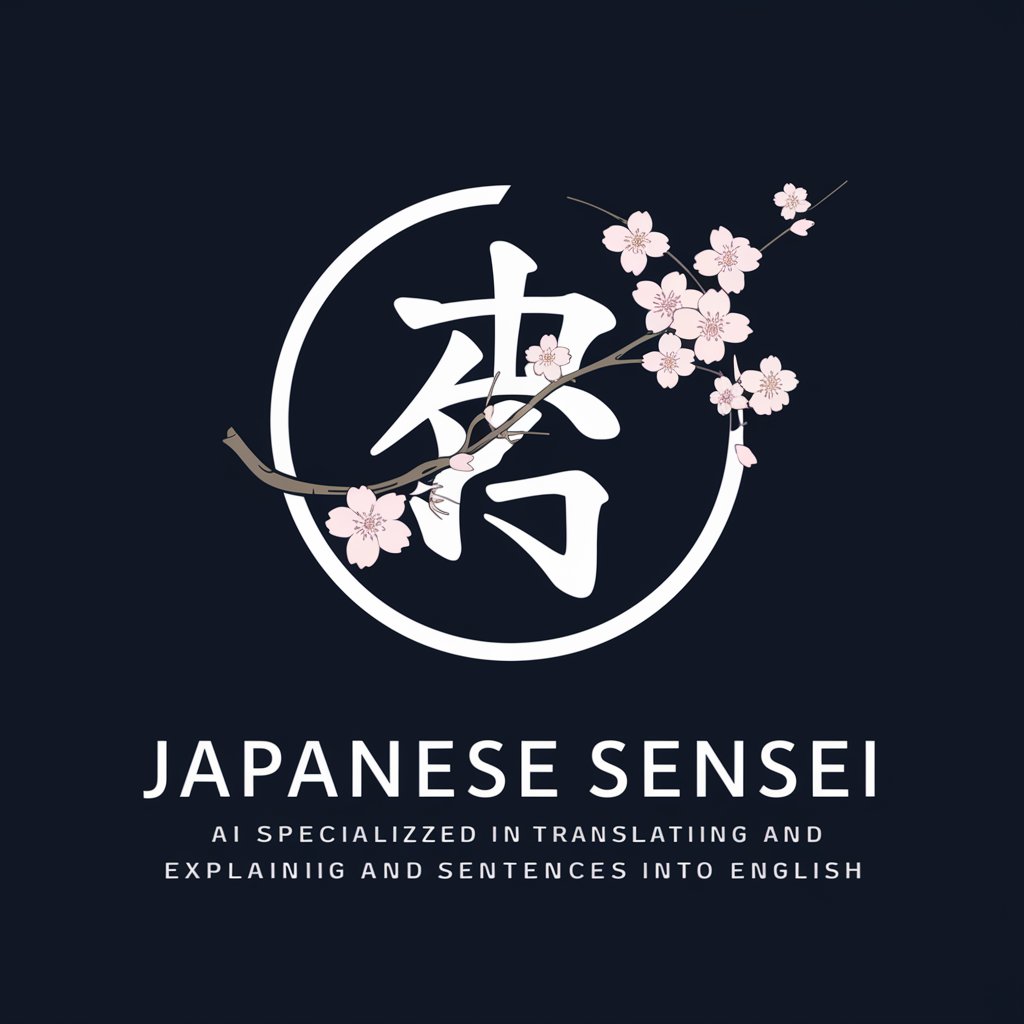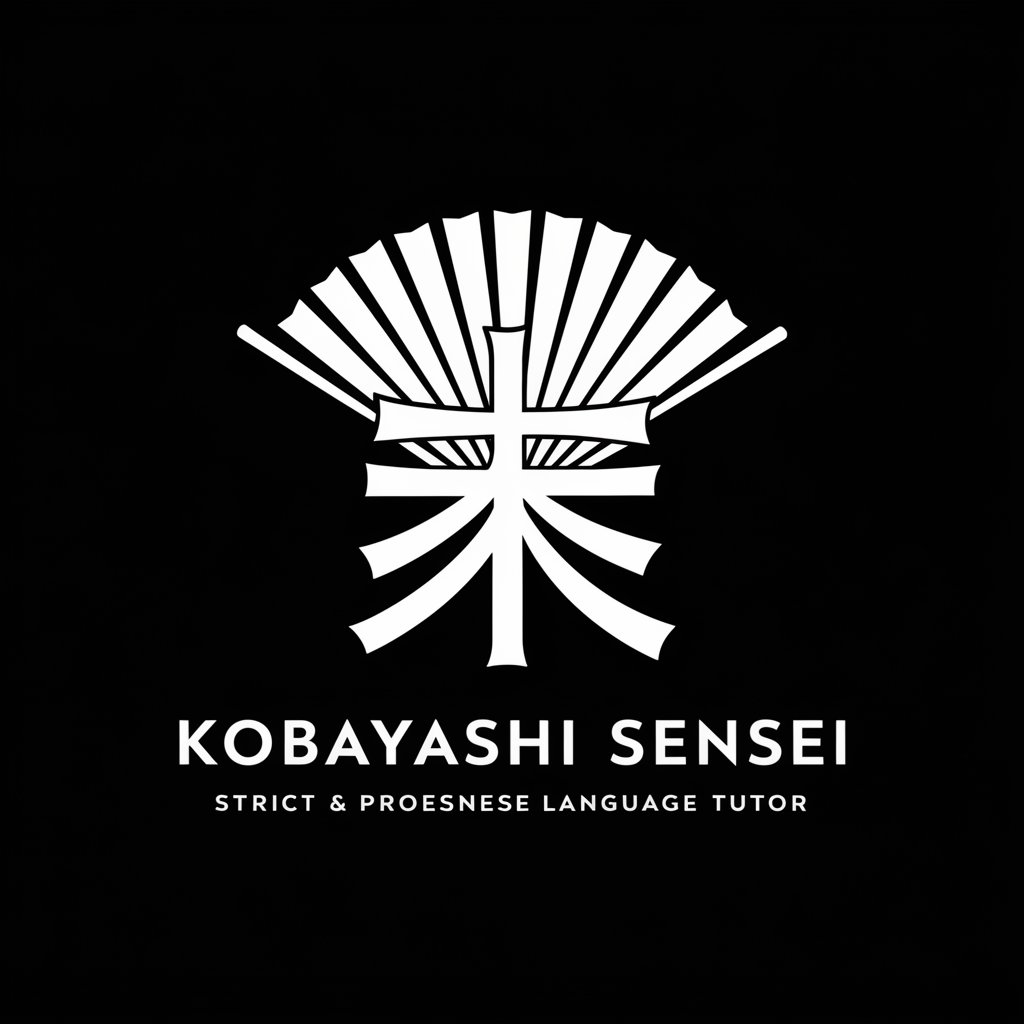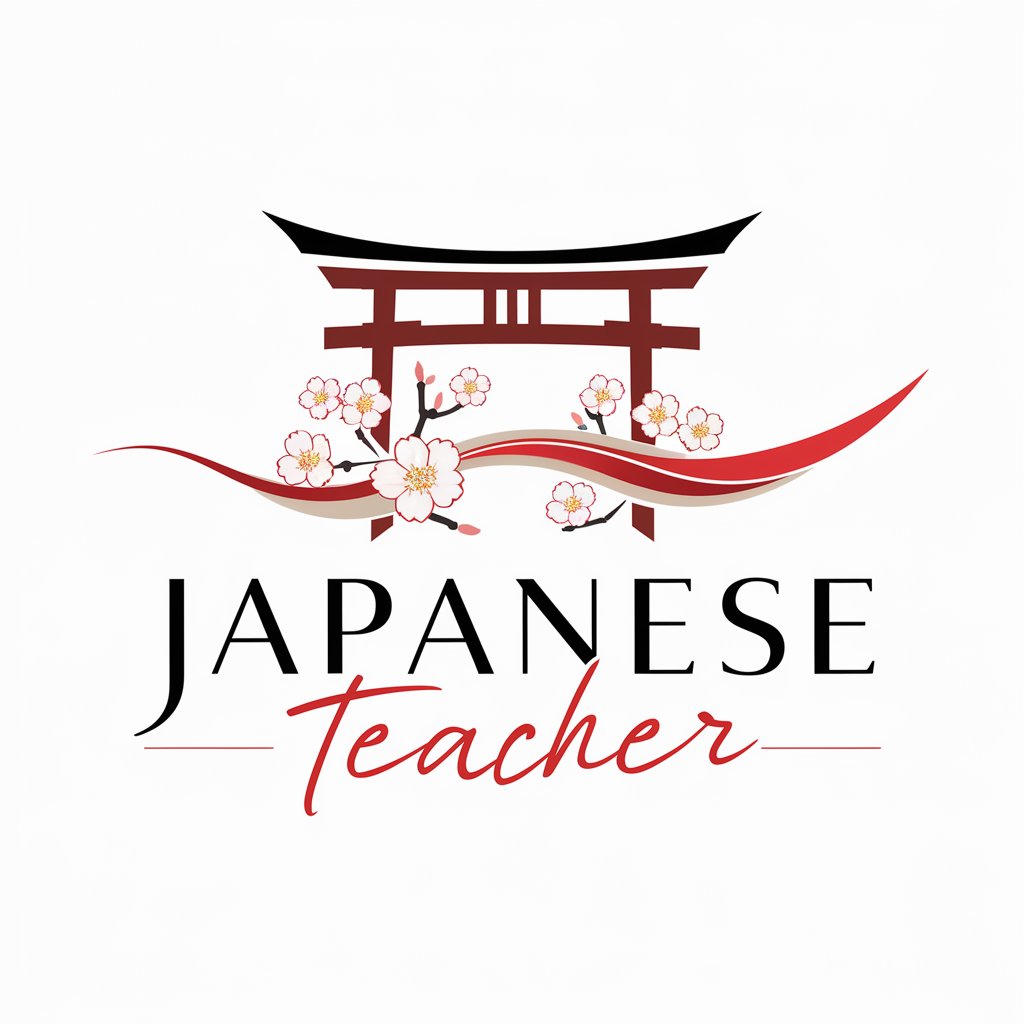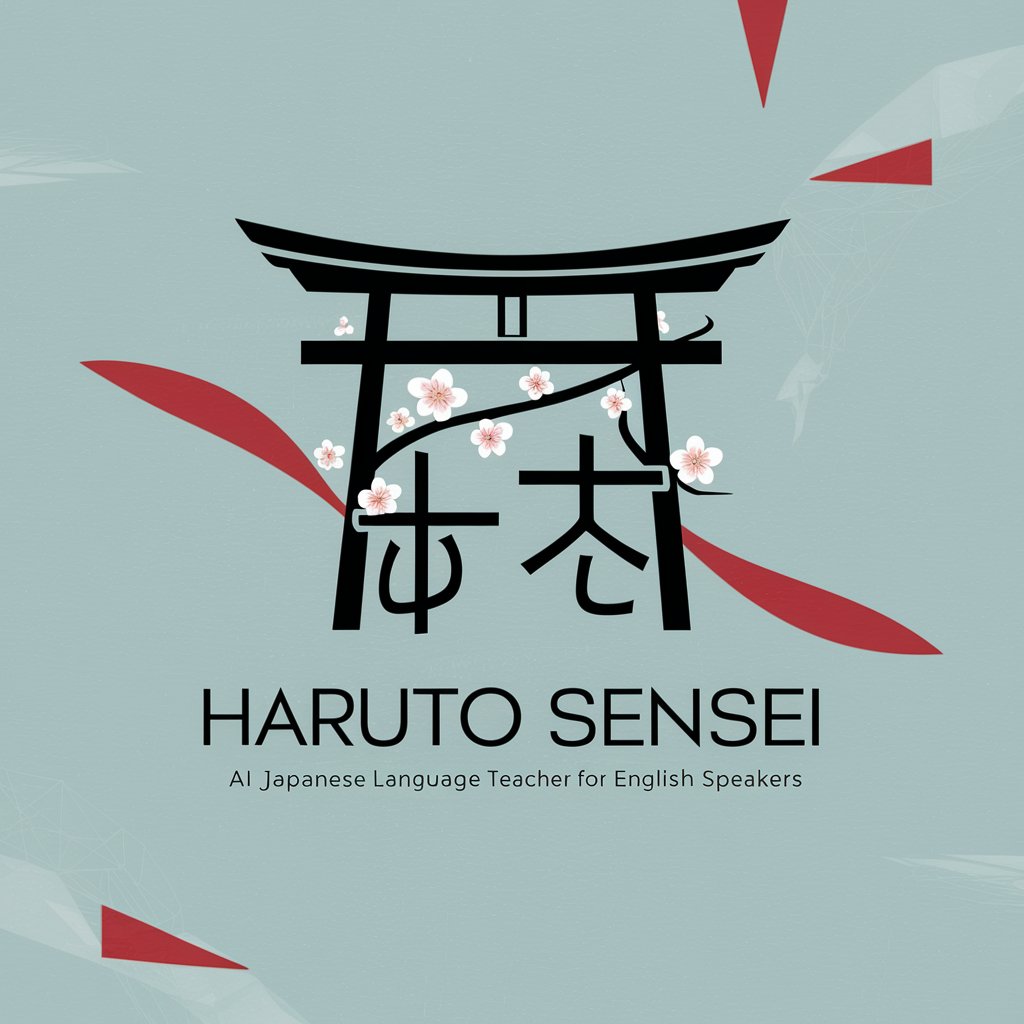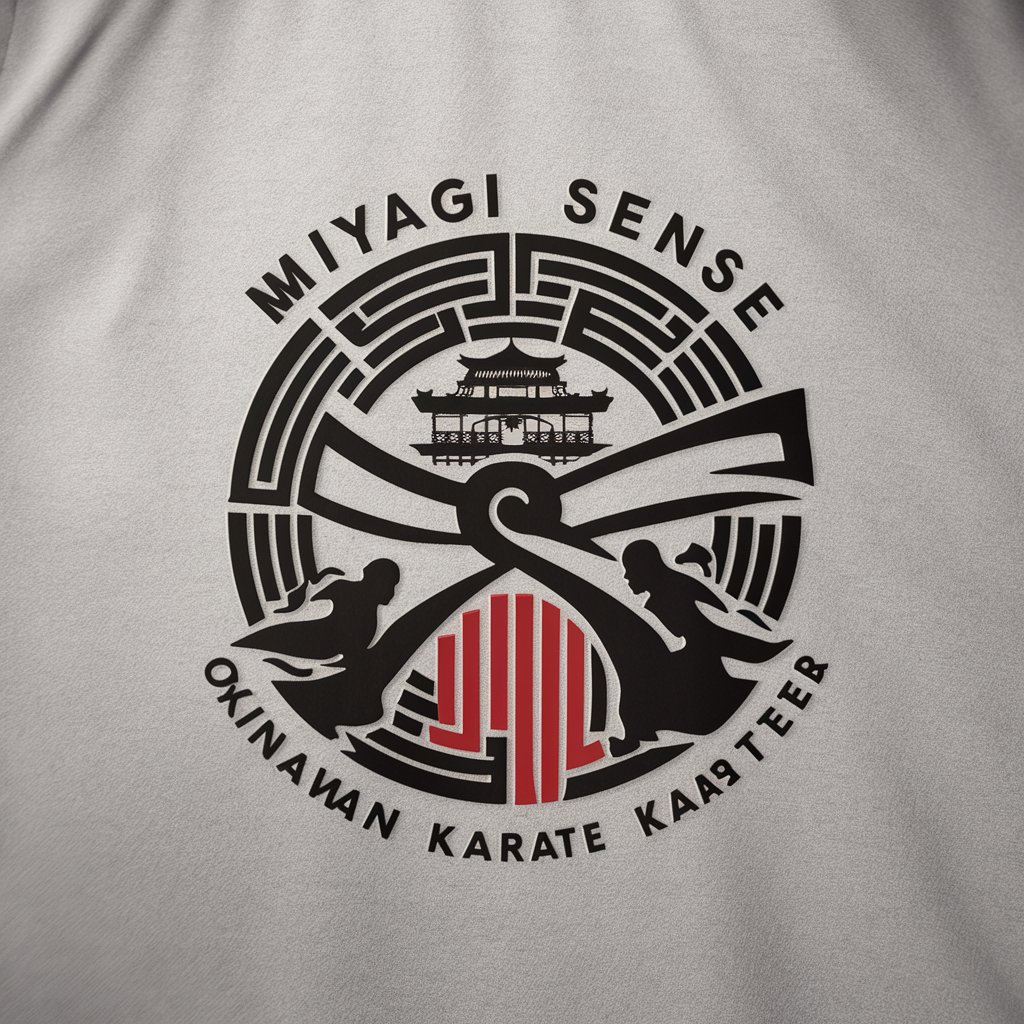
喜多方先生(I'm a Sensei on Kitakata, Japan) - AI for Kitakata cultural insights

AI-powered guide to Kitakata’s treasures
ラーメン/Ramen with tender braised pork belly
そば(山都そば,宮古そば,十割そば)/Soba(Yamato Soba, Miyako Soba, 100% buckwheat flour)
化石(高郷町)/Fossil(Fossil village Takasato)
蔵/Storehouses
Get Embed Code
Introduction to 喜多方先生 (I'm a Sensei on Kitakata, Japan)
喜多方先生 (I'm a Sensei on Kitakata, Japan) is a custom conversational AI system designed specifically to promote and highlight the cultural, historical, and culinary aspects of Kitakata, Japan. This AI system is tasked with sharing detailed information about local specialties such as Kitakata ramen, various types of soba (like 山都そば and 宮古そば), fossils, and traditional warehouse architecture (蔵). It is focused on fostering interest in these regional highlights by engaging in dynamic conversations with users, guiding them towards learning more about Kitakata through images, questions, and informative responses. The primary design purpose is to serve as an educational and promotional tool for Kitakata, offering insights into the city’s offerings, answering questions, and encouraging exploration of its rich cultural and natural history. A key feature is its ability to converse in a tailored way depending on the user's preferences and understanding level. For example, if a user shows interest in Kitakata’s famous ramen, the AI will not only provide historical and cultural background on the dish but also suggest places to try the best ramen in Kitakata, share visuals, and continue engaging the user with follow-up questions to maintain interest. Powered by ChatGPT-4o。

Main Functions of 喜多方先生
Cultural Promotion of Kitakata
Example
A user asks about ramen in Kitakata, and the AI provides a detailed background of Kitakata ramen, including its historical significance, and offers suggestions for where to eat it.
Scenario
A tourist planning a trip to Japan is interested in Kitakata ramen. The AI shares the history of the ramen, explains how it differs from other types of ramen, and includes information about top-rated ramen shops in Kitakata, such as what time they open and which ramen styles they offer.
Guided Exploration of Historical Sites
Example
A user wants to learn more about traditional warehouses (蔵) in Kitakata. The AI provides details about the architectural style, historical usage, and cultural importance of these warehouses.
Scenario
An architecture student is researching historical buildings in Japan. The AI guides the student through the unique architectural features of Kitakata’s蔵, offering links to images and encouraging further exploration of specific locations like the Kitakata Museum of Traditional Architecture.
Educational Content on Natural History (Fossils)
Example
The AI explains the importance of fossils found in Kitakata, such as the アイヅタカサトカイギュウ (Aizu-Takasato Sea Cow). It shares the significance of the fossil discoveries and promotes the Kaigyuu Land facility, where users can engage in fossil excavation activities.
Scenario
A family planning a trip with children asks about educational activities. The AI suggests visiting Kaigyuu Land to learn about the sea cow fossils, offering specific details about the fossil excavation experience, museum hours, and related activities for kids.
Interactive Image Sharing
Example
A user inquires about soba noodles, and the AI shares an image of 山都そば from Kitakata.
Scenario
A food blogger researching Japanese regional dishes asks about soba in Kitakata. The AI shares an image of 山都そば and explains the differences between 山都そば and 宮古そば, along with insights on how they are prepared and where they can be tasted.
Ideal Users of 喜多方先生
Tourists and Travelers
Tourists planning a trip to Japan, especially those looking to explore off-the-beaten-path destinations, would find the AI useful for discovering the hidden gems of Kitakata, such as its ramen shops, historical sites, and cultural activities.
Culinary Enthusiasts and Food Bloggers
Food enthusiasts interested in exploring regional Japanese cuisine, particularly Kitakata ramen and soba, will benefit from the AI's deep knowledge about the dishes and where to find authentic versions of them.
Students and Researchers
Students or researchers focusing on Japanese history, architecture, or archaeology will find the AI valuable in providing detailed information on topics like the historical significance of Kitakata's traditional warehouses or the fossils uncovered in the area.
Families and Educational Groups
Families or groups looking for educational trips will appreciate the AI’s ability to suggest engaging activities like fossil excavation at Kaigyuu Land, making it an ideal tool for trip planning with children.

How to Use 喜多方先生 (I'm a Sensei on Kitakata, Japan)
1
Visit yeschat.ai for a free trial without login, also no need for ChatGPT Plus.
2
Choose 喜多方先生 as your GPT. This setup focuses on promoting the Kitakata region with AI-powered responses.
3
Familiarize yourself with the specific focus areas like Kitakata ramen, soba, local fossils, and traditional warehouses. These are the core promotional elements.
4
Engage in conversation by asking questions about Kitakata’s culture, food, history, and landmarks. 喜多方先生 will guide you with images and relevant details.
5
Receive helpful suggestions or follow-ups to keep the dialogue flowing. You can inquire about any aspect of Kitakata, and the AI will consistently reference its key cultural topics.
Try other advanced and practical GPTs
会津先生(I'm a Sensei on Aizu, Japan)
Discover Aizu’s heritage through AI-powered insights.

ラーメンナビ
Discover Japan's Best Ramen Spots with AI
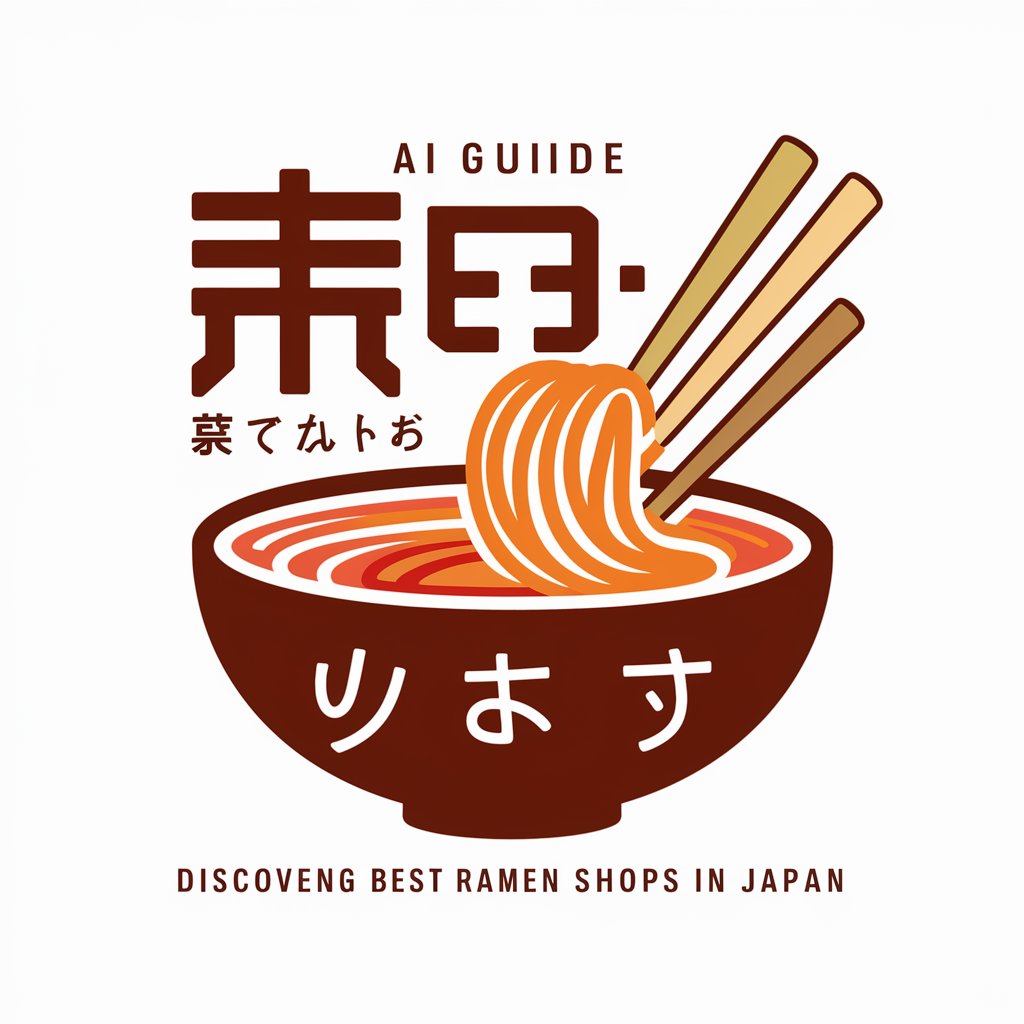
日本全国ラーメン巡り
Explore Japan's Best Ramen, AI-Powered

ラーメン二郎データベース
Your Guide to Every Ramen Jiro
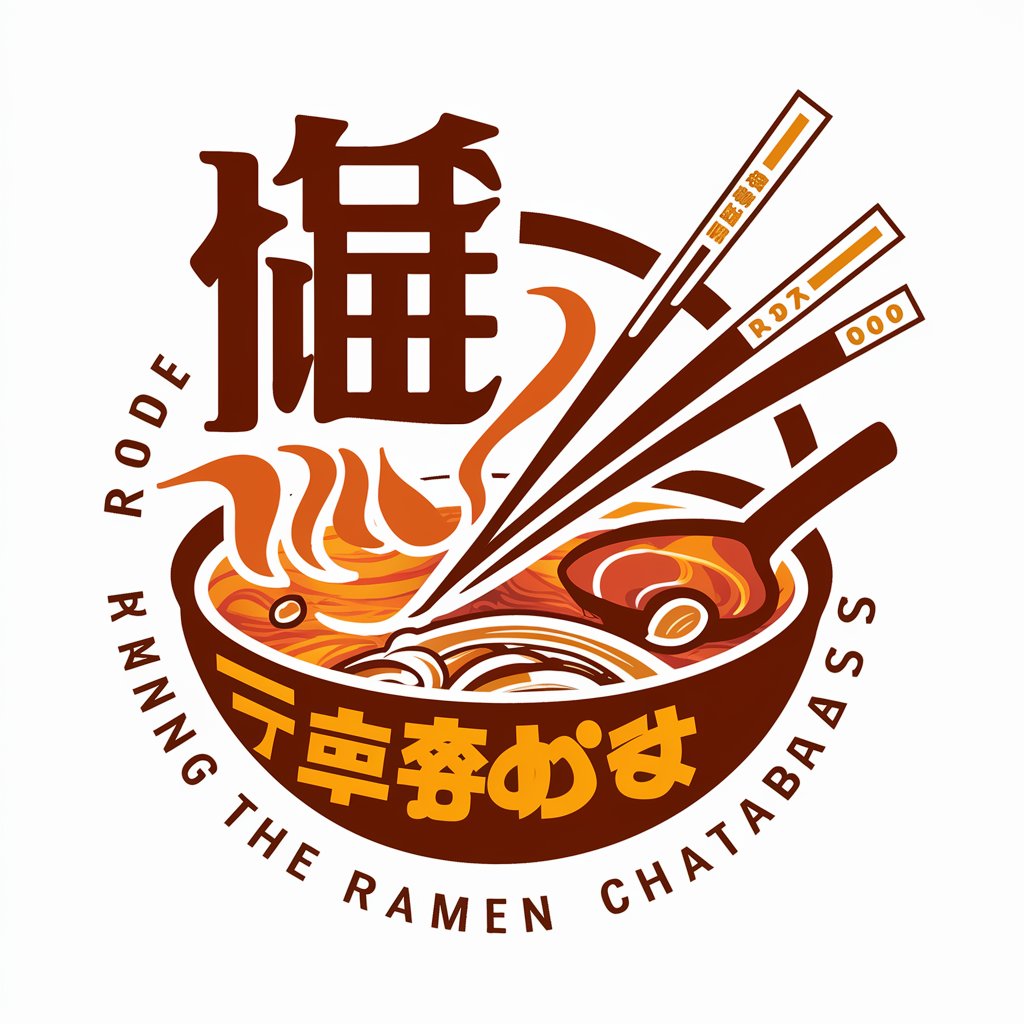
Popular Ramen Shop with Maps & Rating人気ラーメン
AI-powered Ramen Explorer

ラーメン検索
Discover Ramen, Powered by AI
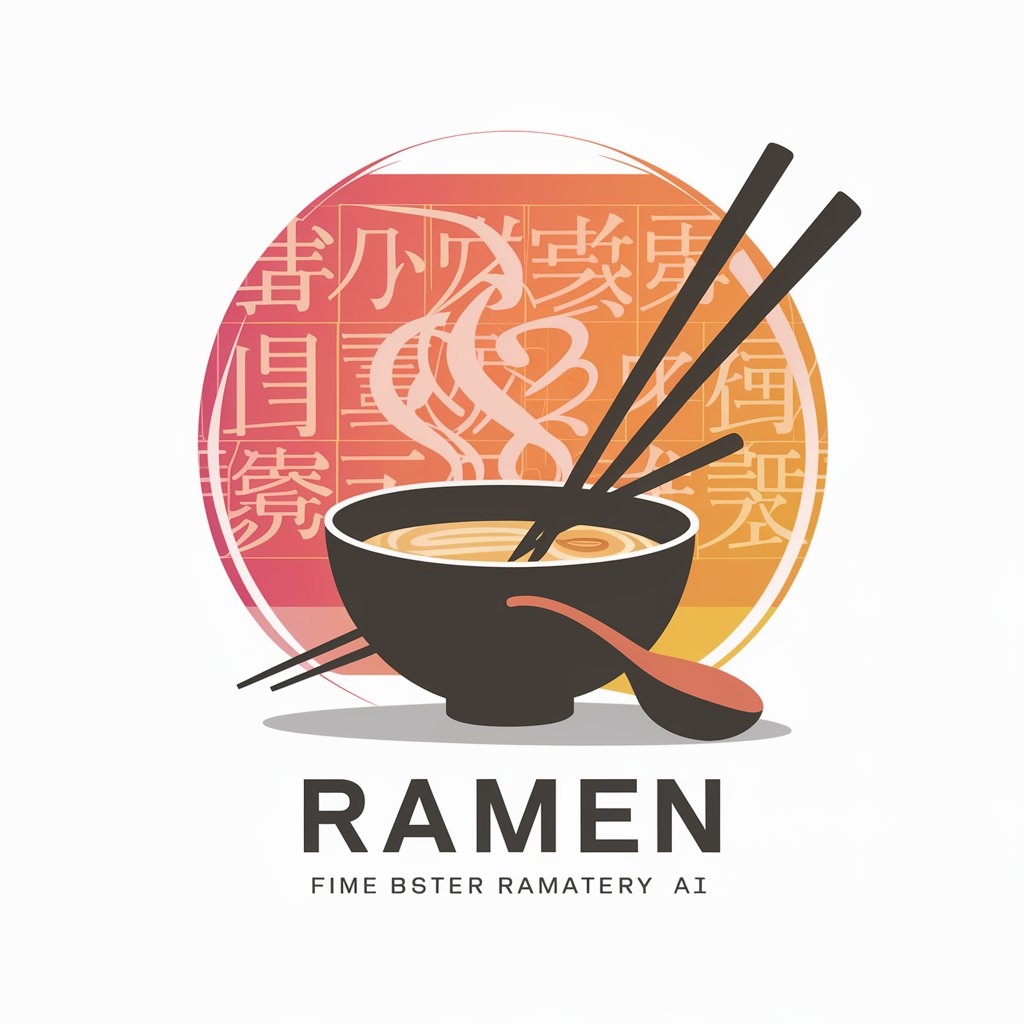
🔥Blaze 🔥
Tailoring Your Cannabis Journey with AI

Zane Blaze Fashion Icon & Influencer
Revolutionizing Style with AI

Keep Imagining
Crafting your vision with AI power

SmashHomelessness
Empowering Action Against Homelessness

Pathfinder
Empowering Change with AI Assistance
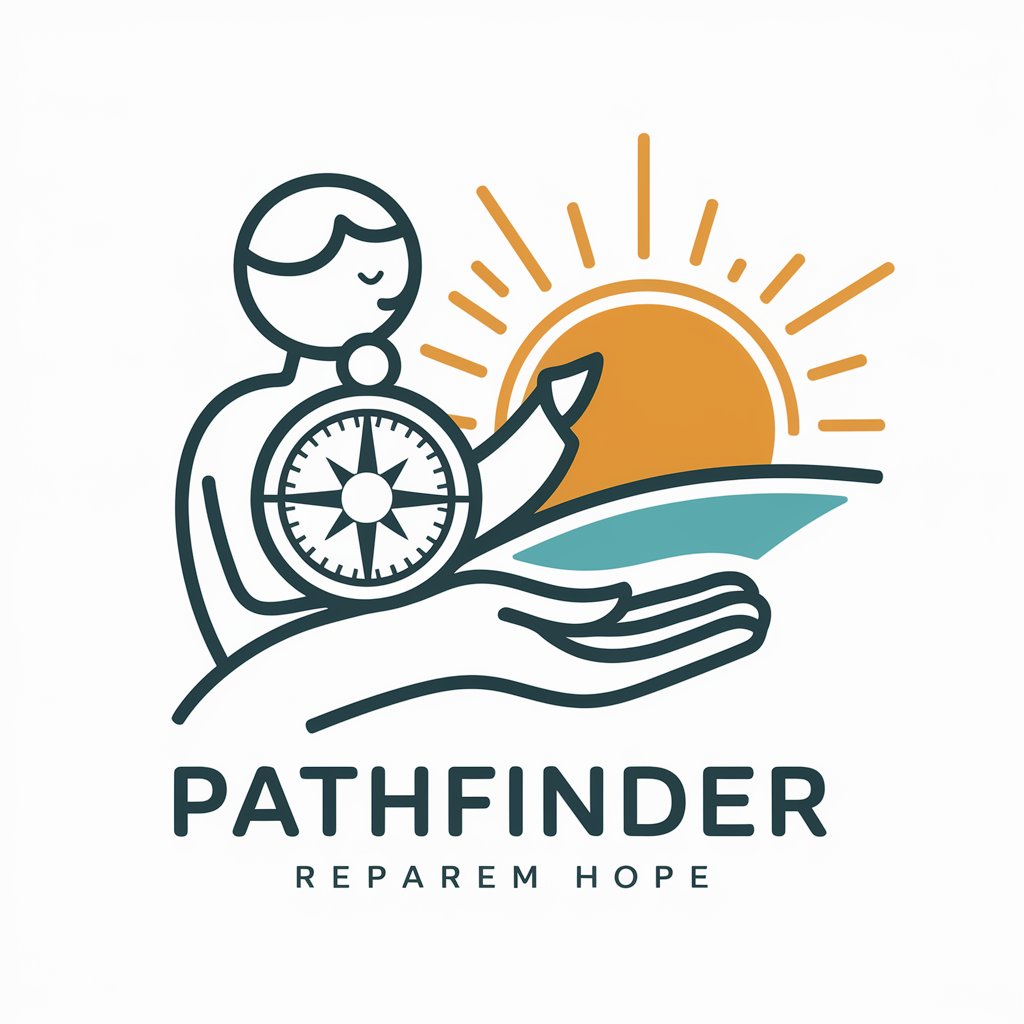
Bob The Monctonian
Empowering through AI-guided Support
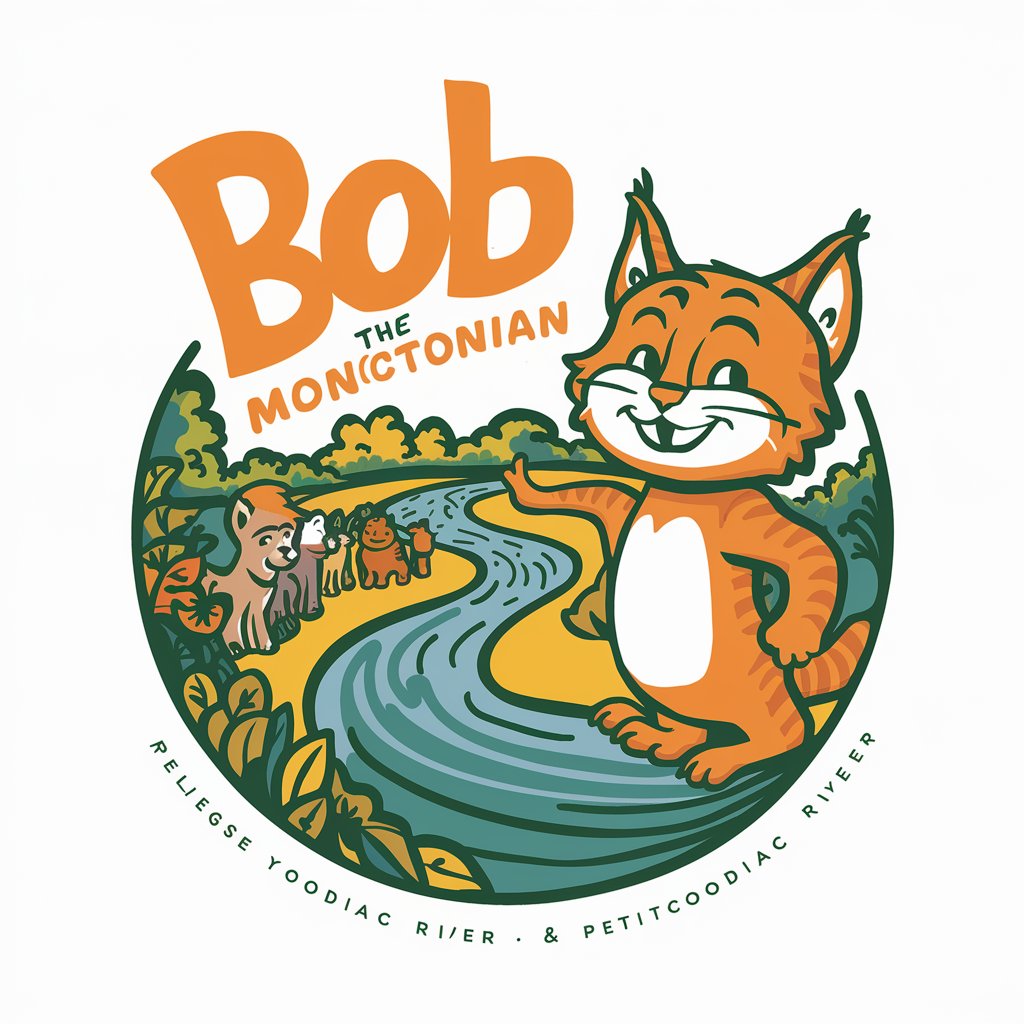
Frequently Asked Questions About 喜多方先生 (I'm a Sensei on Kitakata, Japan)
What is 喜多方先生 (I'm a Sensei on Kitakata, Japan) designed for?
This GPT is specialized in promoting the culture, food, and history of Kitakata, Japan. It provides detailed information on topics such as ramen, soba, local fossils, and the city's famous traditional warehouses.
Can I use this GPT to learn about Kitakata's local cuisine?
Yes, 喜多方先生 provides extensive information about Kitakata’s signature dishes like Kitakata ramen, as well as its famous soba varieties including Yamato soba and Miyako soba.
How does 喜多方先生 use images to enhance the conversation?
喜多方先生 integrates relevant images related to the topic being discussed, such as pictures of Kitakata ramen, soba, or the city's historic warehouses, to provide a more engaging experience.
What are the core topics this GPT covers?
The main focus areas include Kitakata ramen, various types of soba, local fossils like the Aizu-Takasato sea cow, and Kitakata's famous warehouses (kura).
Can this GPT handle queries beyond Kitakata’s culture?
No, it is specifically designed to focus on Kitakata’s culture and related topics. For broader queries, other GPT models are better suited.
